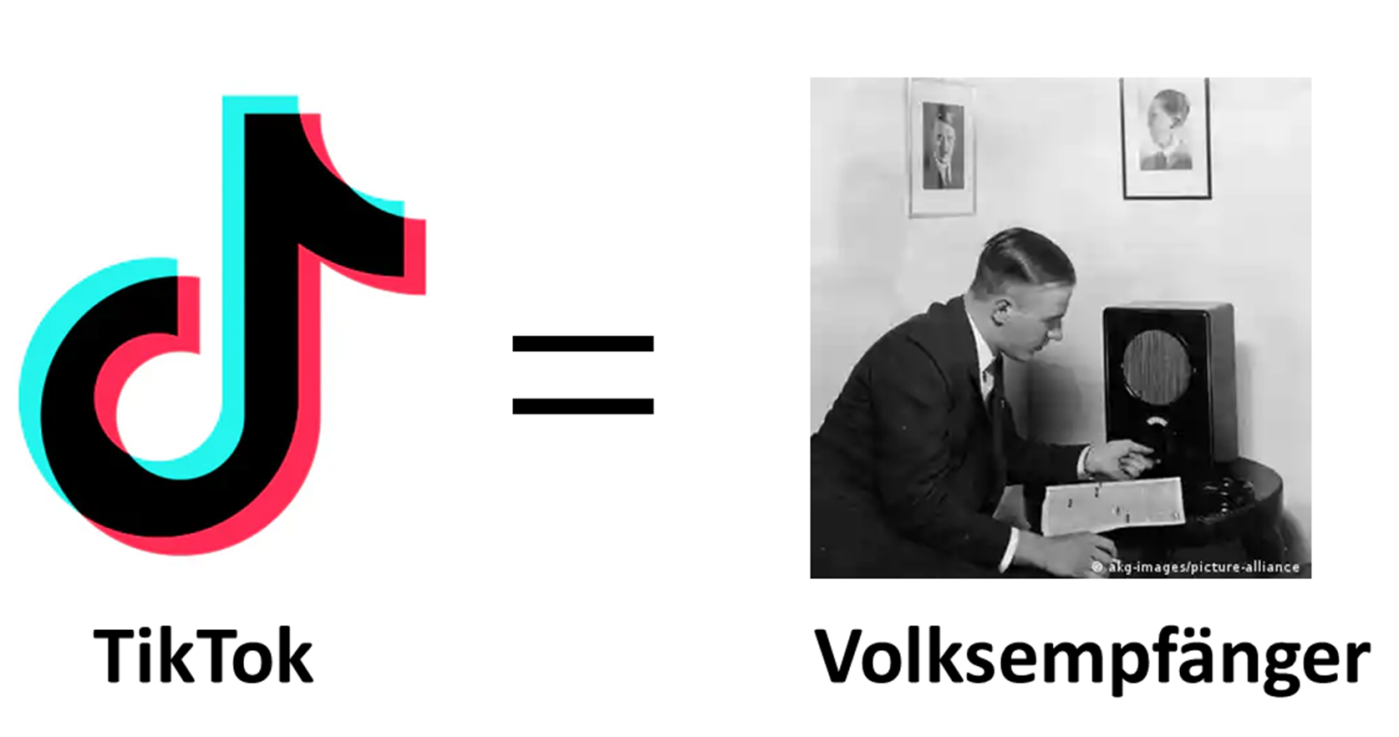TikTok: A Modern Social Media Phenomenon
TikTok, known as Douyin in China, is a short-form video platform launched by the Chinese tech company ByteDance in September 2016. It quickly gained popularity, particularly among younger audiences, due to its engaging and user-friendly interface. By 2018, TikTok had merged with Musical.ly, another popular app, solidifying its place as a global social media giant. By 2020, TikTok had over 800 million active users worldwide, making it one of the most influential platforms in shaping online culture.
TikTok’s algorithm is designed to maximize user engagement by learning individual preferences and tailoring content accordingly. This personalized content delivery system has contributed to its rapid growth and deep user engagement. However, its rise has not been without controversy. Concerns about data privacy, content censorship, and the app’s ties to the Chinese government have led to scrutiny and bans in several countries. Critics argue that the app could be used as a tool for state-sponsored propaganda and psychological operations.
Volksempfänger: The Radio of the Reich
The Volksempfänger, or “people’s receiver,” was a series of radio receivers developed by engineer Otto Griessing at the behest of Joseph Goebbels, the Nazi Minister of Propaganda. Introduced at the 10th International Radio Exhibition in Berlin in 1933, the Volksempfänger was designed to be affordable and widely accessible to the German public. Priced at 76 Reichsmarks (approximately $30 at the time), it quickly became a household staple in Germany.
The primary objective of the Volksempfänger was to disseminate Nazi propaganda efficiently. It was engineered to receive only certain frequencies, limiting access to foreign broadcasts and ensuring that German citizens primarily heard state-approved content. By 1939, approximately 70% of German households owned a Volksempfänger, making it a potent tool for mass communication and indoctrination.
Mechanisms of Influence: Psychological Operations and Propaganda
Content Control and Censorship
Both TikTok and the Volksempfänger serve as powerful tools for content control and censorship, albeit in different technological eras. TikTok’s sophisticated algorithm can suppress content deemed undesirable by the Chinese government, promoting state-approved narratives and silencing dissent. For instance, content related to sensitive political topics like the Hong Kong protests, Xinjiang’s Uighur crisis, or criticisms of the Chinese Communist Party (CCP) is often removed or heavily censored.
The Volksempfänger, on the other hand, physically limited the range of accessible broadcasts. By preventing German citizens from listening to foreign radio stations, the Nazi regime could ensure that the populace was exposed predominantly to propaganda that glorified the Third Reich and dehumanized its enemies. This control over information flow was crucial in maintaining the regime’s narrative and suppressing dissenting voices.
Emotional and Psychological Manipulation
Both platforms utilize emotional and psychological manipulation to maintain control over the population. TikTok’s algorithm is designed to keep users engaged by showing them content that resonates emotionally, which can be used to subtly introduce and reinforce political messaging. The app’s format, which encourages viral challenges and trends, can also be exploited to spread propaganda in a seemingly organic manner, making it more palatable to the public.
The Volksempfänger played on the emotions of the German populace through carefully crafted broadcasts. Speeches by Adolf Hitler and other Nazi officials were designed to invoke fear, pride, and a sense of unity among listeners. The radio dramas and music played on the Volksempfänger were often infused with nationalist themes, further embedding the regime’s ideology into the daily lives of Germans.
Creating a Controlled Public Sphere
Both TikTok and the Volksempfänger create controlled public spheres where the state can dominate the narrative. TikTok’s vast user base and highly engaging content make it an ideal platform for the Chinese government to shape public opinion, especially among younger generations who are more susceptible to social media influence. The app’s international reach also allows for the spread of Chinese soft power and the promotion of a positive image of China globally.
The Volksempfänger, by contrast, created a homogenized media environment within Germany. By monopolizing the airwaves with Nazi propaganda, the regime could cultivate a public sphere that was overwhelmingly supportive of its policies and war efforts. This monopolization of communication channels was a key factor in the Nazis’ ability to maintain control over the German population during the pre-war and wartime periods.
While separated by decades and differing technological contexts, both TikTok and the Volksempfänger illustrate how media can be harnessed for state-controlled psychological operations and propaganda. TikTok’s sophisticated algorithm and vast reach enable the Chinese government to subtly manipulate public opinion and control the narrative on a global scale. Meanwhile, the Volksempfänger was a more overt tool of propaganda, ensuring that the Nazi regime’s ideology dominated the public sphere in Germany.
Both cases underscore the power of media technology in shaping societal beliefs and behaviors. As digital platforms continue to evolve, the lessons from the Volksempfänger and the rise of TikTok highlight the importance of vigilance in maintaining the integrity of information and protecting against the manipulation of public opinion by state actors.


13 June 2024 at 12:32
Sort of like our/US news media…lots of false reporting to lead us down the path…..
LikeLike
14 June 2024 at 11:26
And, don’t forget members of Congress. They seem to me to be “useful tools” of indoctrination also.
Only one true communicator of truth to me is the Bible. It clearly defines the difference between truth & untruths. If even goes on to predict the liars that will be among us.
LikeLike